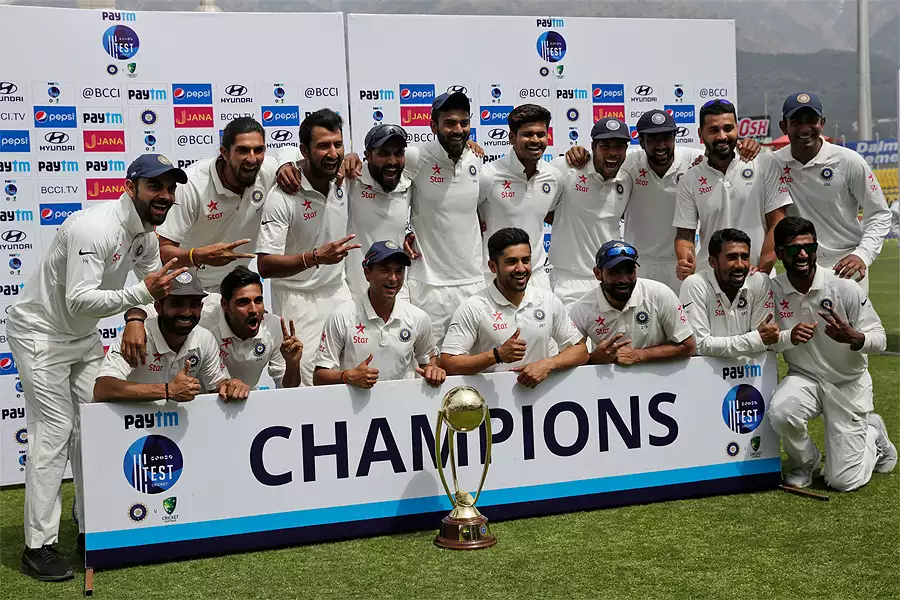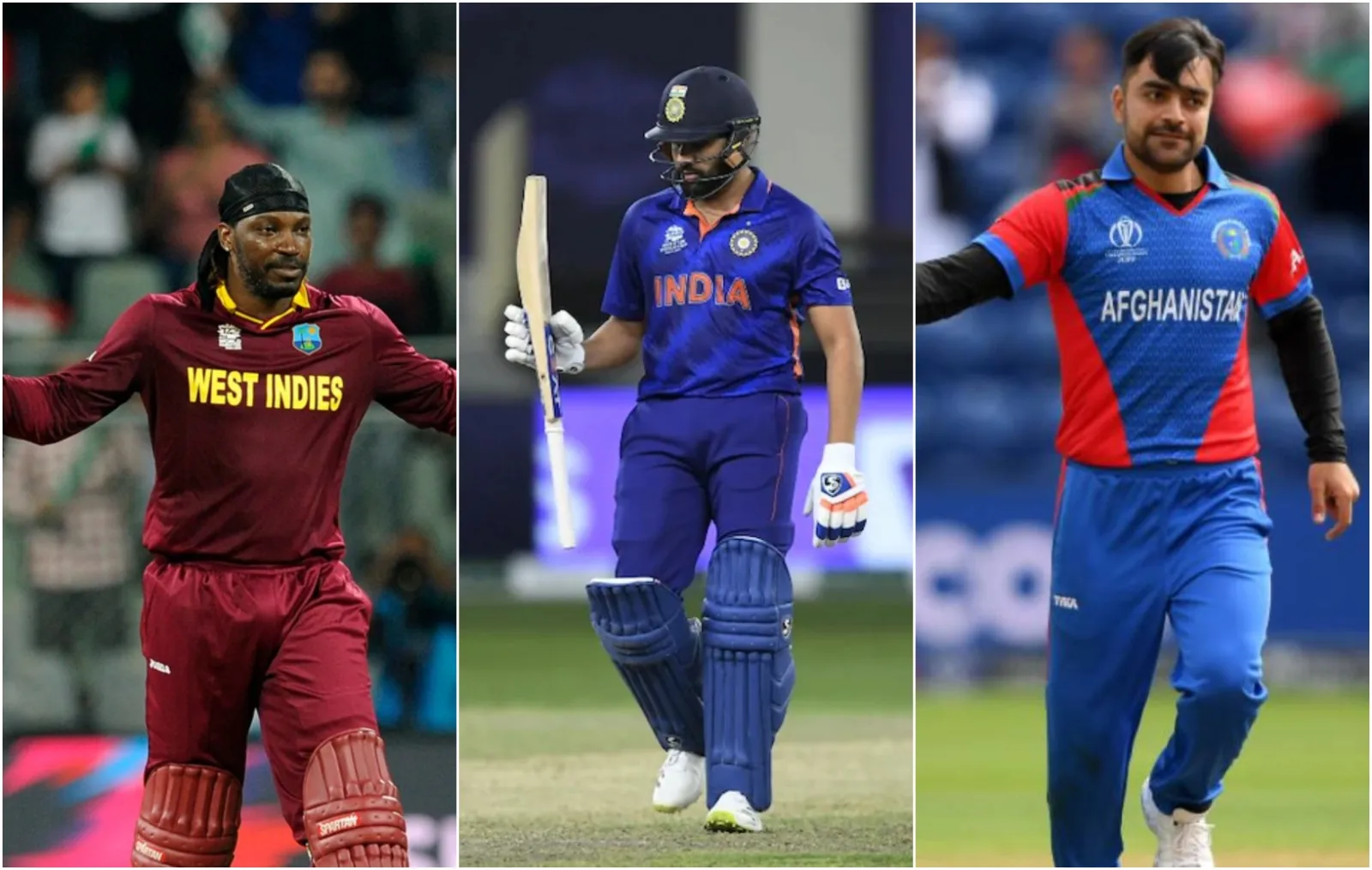Dew Meaning In Cricket

Introduction
Dew, a natural phenomenon commonly encountered in cricket, plays a significant role in the game’s dynamics, especially in day-night matches. It is essential for players, coaches, and fans to understand the meaning of dew in cricket, its impact on the game, and how teams manage it.
What is Dew?
Dew forms when the temperature drops to the dew point, causing moisture in the air to condense into tiny water droplets on surfaces like grass, the cricket pitch, and the outfield. This typically occurs during the late evening and early morning when temperatures are cooler. In cricket, dew is most commonly encountered in night or twilight matches.
Impact of Dew on Cricket
Dew can significantly influence various aspects of a cricket match, affecting both the players and the overall gameplay. Here are some key impacts:
1. Bowling:
- Grip Issues: Dew makes the ball wet and slippery, making it difficult for bowlers to maintain a proper grip. This is particularly challenging for spinners who rely on their grip to impart spin on the ball.
- Swing Reduction: For seam and swing bowlers, a wet ball does not swing as much, reducing their effectiveness in exploiting movement through the air.
- Execution of Yorkers: Bowlers may find it harder to execute yorkers, bouncers, or slower deliveries due to the slippery ball.
Bowlers in Cricket History
1. Shane Warne (Australia)
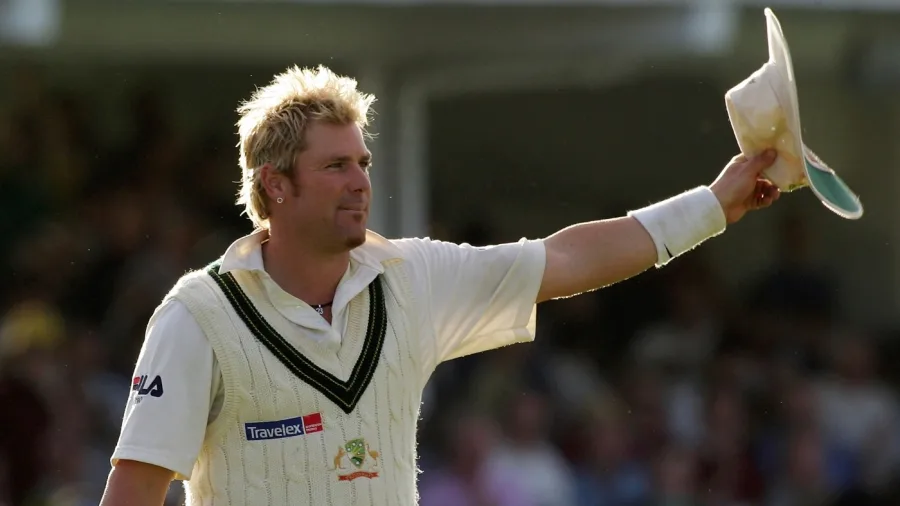
Shane Warne, born on September 13, 1969, in Victoria, Australia, revolutionized the art of leg-spin bowling. His charismatic personality and extraordinary talent made him a global icon of the sport.
- Bowling Style and Skills: Warne was a master of leg-spin, possessing an array of deliveries including the flipper, googly, and his famous ripping leg-breaks. His ability to extract sharp turn and bounce from even the most placid pitches made him a constant threat to batsmen.
- Key Achievements: Warne retired with 708 Test wickets, the most by any leg-spinner, and was the first bowler to reach 700 wickets in Test cricket. He also took 293 wickets in ODIs, contributing significantly to Australia’s dominance in the late 1990s and early 2000s.
- Impact: Warne’s impact extended beyond his wicket-taking ability. He brought a new level of interest and excitement to the game, inspiring a generation of spin bowlers. His memorable performances, such as the “Ball of the Century” to dismiss Mike Gatting in 1993, remain etched in cricketing folklore.
2. Muttiah Muralitharan (Sri Lanka)
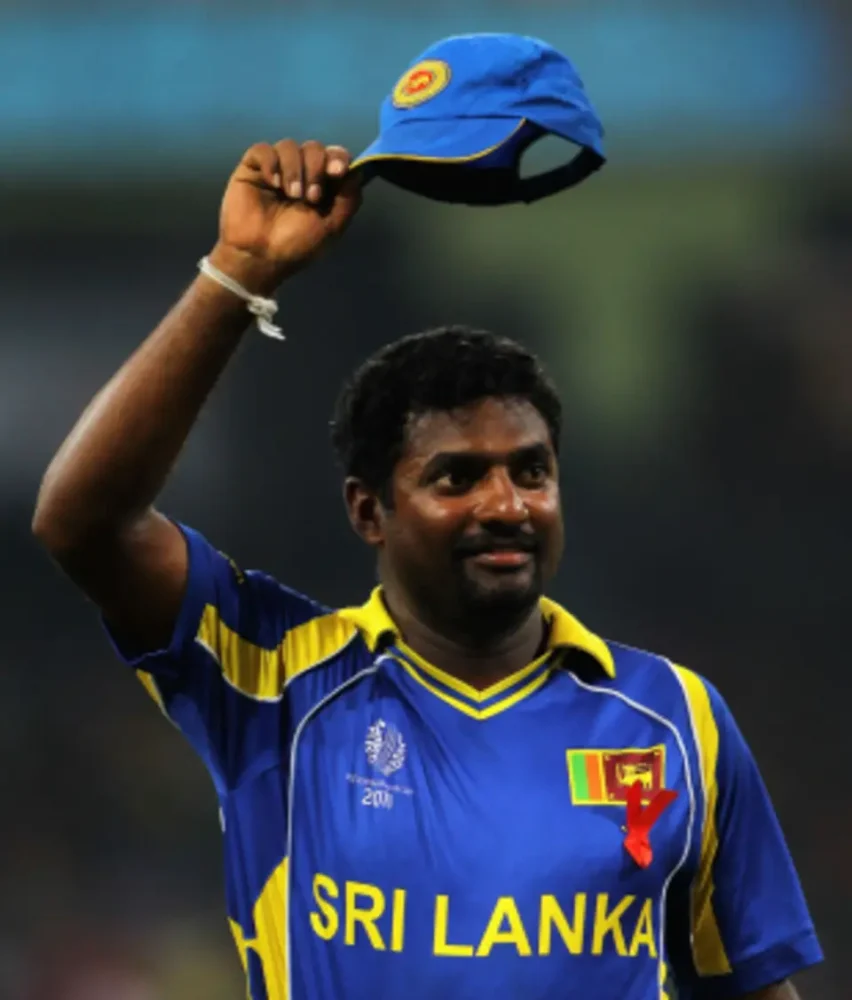
Muttiah Muralitharan, born on April 17, 1972, in Kandy, Sri Lanka, is widely considered the greatest off-spinner in cricket history. His unorthodox bowling action and prodigious turn bewildered batsmen for nearly two decades.
- Bowling Style and Skills: Muralitharan’s unique wristy action allowed him to impart significant spin on the ball, making his deliveries difficult to pick. He was adept at bowling the doosra, which turned the opposite way to his conventional off-spin, adding to his repertoire of tricks.
- Key Achievements: Muralitharan holds the record for the most wickets in Test cricket with 800 scalps. He also claimed 534 wickets in ODIs, making him the highest wicket-taker in the format.
- Impact: Muralitharan’s contributions were pivotal in transforming Sri Lanka into a competitive cricketing nation. His relentless accuracy and ability to bowl long spells made him a match-winner in all conditions. His career was marked by numerous match-winning performances and a remarkable ability to adapt and innovate.
2. Batting:
- Ball Skidding: A wet ball tends to skid off the pitch, which can make it travel faster towards the batsman. This might aid batsmen by reducing swing and seam movement, making it easier to play shots.
- Visibility Issues: In extreme cases, dew can affect visibility as the ball picks up moisture and dirt from the ground.
Batting Performances in Cricket History
1. Brian Lara’s 400 against England (2004)
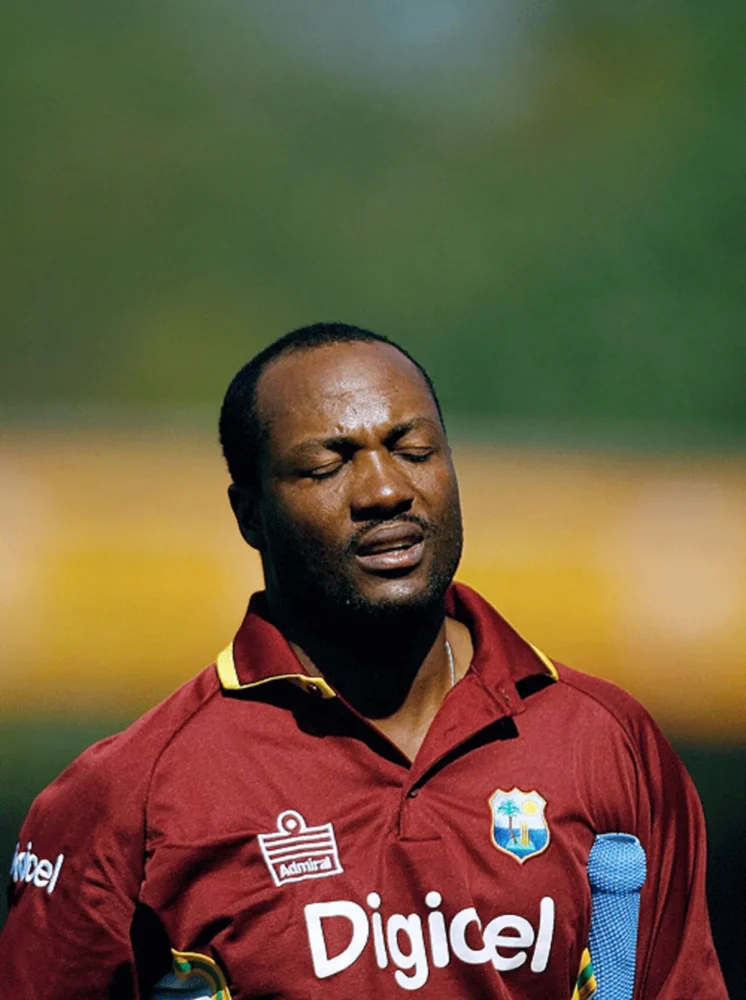
Brian Lara’s record-breaking innings of 400 not out against England in 2004 at the Antigua Recreation Ground is a testament to his incredible skill and endurance. This performance reclaimed the record for the highest individual score in Test cricket, which Lara himself had held previously.
- Context: Lara’s innings came during a challenging series for the West Indies, with the team struggling to compete against England.
- Impact: His 400* was composed over two days and included 43 boundaries and 4 sixes. This monumental effort helped the West Indies to declare at 751/5, securing a draw and preventing an England series whitewash.
- Legacy: Lara’s 400* not only broke the record but set a benchmark for individual excellence and remains the highest score in Test cricket.
2. Sachin Tendulkar’s 200 against South Africa (2010)
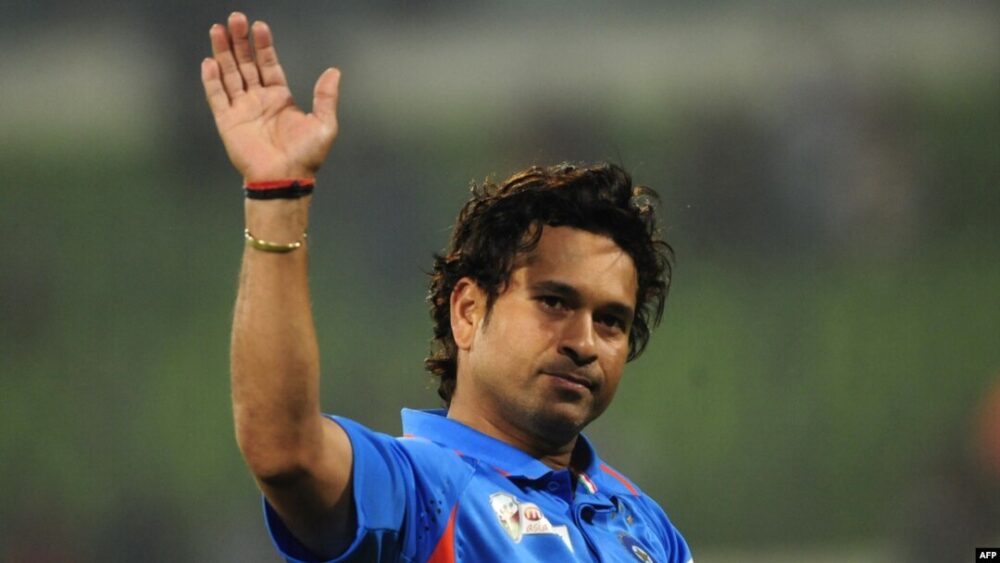
Sachin Tendulkar’s unbeaten 200 against South Africa in Gwalior in 2010 was a groundbreaking moment in cricket history, as he became the first player to score a double century in One Day Internationals (ODIs).
- Context: This innings came at a time when the 200-run mark in ODIs was considered nearly unattainable due to the limited number of overs.
- Impact: Tendulkar’s innings was characterized by precision, control, and aggression, featuring 25 boundaries and 3 sixes. His 200* propelled India to a formidable total of 401/3, leading to a comprehensive victory over South Africa.
- Legacy: This historic double century paved the way for future 200s in ODIs and reinforced Tendulkar’s status as one of the greatest batsmen of all time.
3. Fielding:
- Fielding Difficulties: Fielders may struggle with ground fielding and catching due to the slippery ball. The outfield also becomes damp, making it challenging to stop the ball quickly.
- Throwing Accuracy: Accurate throws become harder to achieve as the ball can slip out of the fielder’s hands.
Fielders in Cricket History
1. Jonty Rhodes (South Africa)
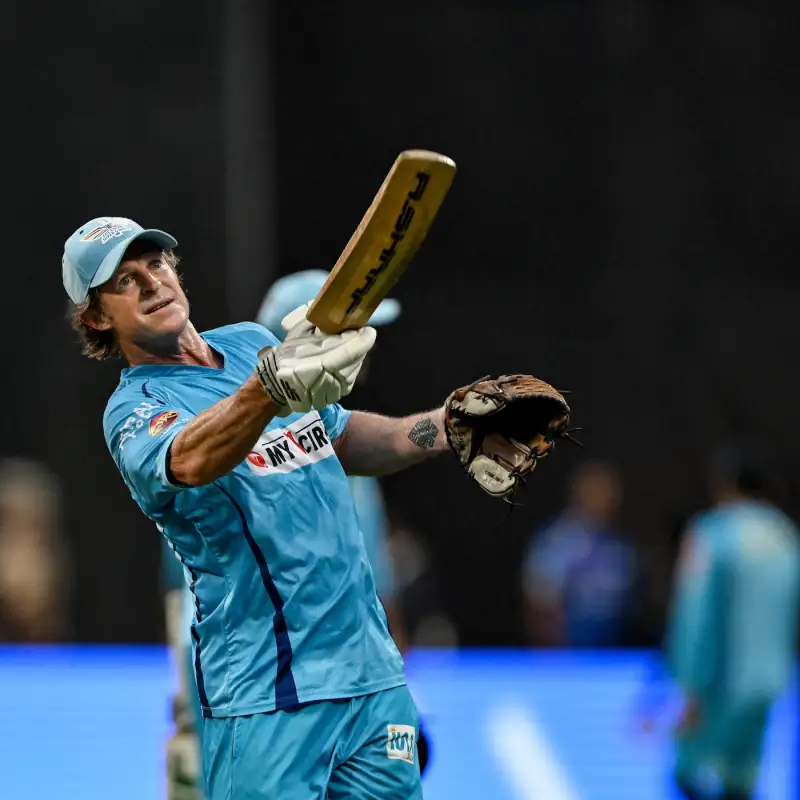
Jonty Rhodes is widely regarded as the greatest fielder of all time. His exceptional agility, quick reflexes, and ability to take stunning catches made him a standout performer on the field.
- Career Highlights: Rhodes made his debut for South Africa in 1992 and quickly became known for his electrifying fielding. His iconic run-out of Inzamam-ul-Haq during the 1992 World Cup is often cited as one of the greatest fielding moments in cricket history.
- Fielding Style: Rhodes was known for his ability to cover ground quickly and his fearless approach to diving catches and run-outs. He primarily fielded in the backward point region, where his sharp reflexes and anticipation skills were best utilized.
- Impact: Rhodes revolutionized fielding in cricket, showing the world how crucial good fielding could be. His commitment and athleticism set new standards, inspiring future generations of cricketers to emphasize fielding as a key skill.
2. Ricky Ponting (Australia)
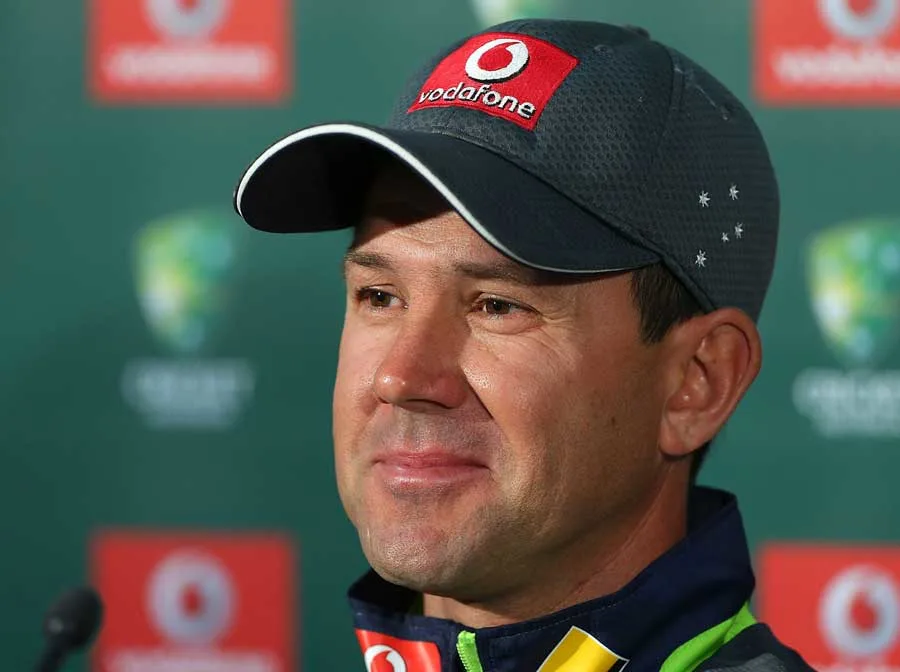
Ricky Ponting, one of Australia’s greatest batsmen and captains, was also an exceptional fielder. His sharp reflexes and strong throwing arm made him a formidable presence in the field.
- Career Highlights: Ponting’s fielding was instrumental in Australia’s dominance during the late 1990s and early 2000s. He was particularly effective in the slips and close-catching positions, as well as in the outfield.
- Fielding Style: Ponting combined athleticism with a keen cricketing brain. His quick reactions and safe hands made him one of the best slip fielders, while his powerful and accurate throws from the deep were crucial in limited-overs cricket.
- Impact: Ponting’s fielding was a vital part of his all-round cricketing prowess. His ability to take game-changing catches and effect run-outs contributed significantly to Australia’s success during his career.
3. Paul Collingwood (England)

Paul Collingwood is regarded as one of the best fielders England has ever produced. His consistency and versatility made him a key asset in all formats of the game.
- Career Highlights: Collingwood was known for his reliability and spectacular fielding performances throughout his career. He was a crucial part of England’s fielding setup during his time in the team, often making difficult catches look easy.
- Fielding Style: Collingwood’s strength was his adaptability. He excelled in various fielding positions, including the slips, covers, and the boundary. His sharp reflexes and safe hands, combined with his excellent ground fielding, made him a complete fielder.
- Impact: Collingwood’s contributions in the field often turned matches in England’s favor. His dedication to fitness and fielding drills set a benchmark for his teammates and future English cricketers.
Management Strategies for Dew
Teams employ several strategies to manage and mitigate the effects of dew during a cricket match:
1. Selecting the Right Equipment:
- Super Soppers: Ground staff use super soppers to remove excess moisture from the outfield and pitch.
- Sawdust: Sawdust is often used by bowlers to keep their hands and the ball dry.
- Synthetic Towels: Fielders and bowlers use synthetic towels to wipe the ball between deliveries.
2. Bowling Adjustments:
- Shorter Spells: Bowlers might be given shorter spells to maintain their effectiveness with a damp ball.
- Focus on Yorkers and Full Length Deliveries: Bowlers might focus on delivering yorkers and full-length balls to minimize the impact of the skidding ball.
3. Batting Adjustments:
- Aggressive Approach: Batsmen may adopt a more aggressive approach, taking advantage of the reduced swing and seam movement.
- Focus on Timing: Batters focus on timing the ball well, as the wet ball tends to travel faster off the pitch.
4. Strategic Decisions:
- Toss Decisions: Captains often prefer to bowl first if dew is expected, so that their team can bat under more favorable conditions when the ball is skidding and the bowlers are struggling to grip it.
- Delayed Start: In some cases, matches may start later to reduce the time played under heavy dew conditions.
Conclusion
Dew is an important factor in cricket, particularly in night matches, where it can influence the game’s outcome. Understanding its impact on bowling, batting, and fielding is crucial for teams to adapt their strategies effectively. By employing various management techniques, teams can mitigate the challenges posed by dew, ensuring a more balanced and competitive contest. This nuanced understanding of dew and its implications adds another layer of strategy and excitement to the game of cricket.
FAQs


